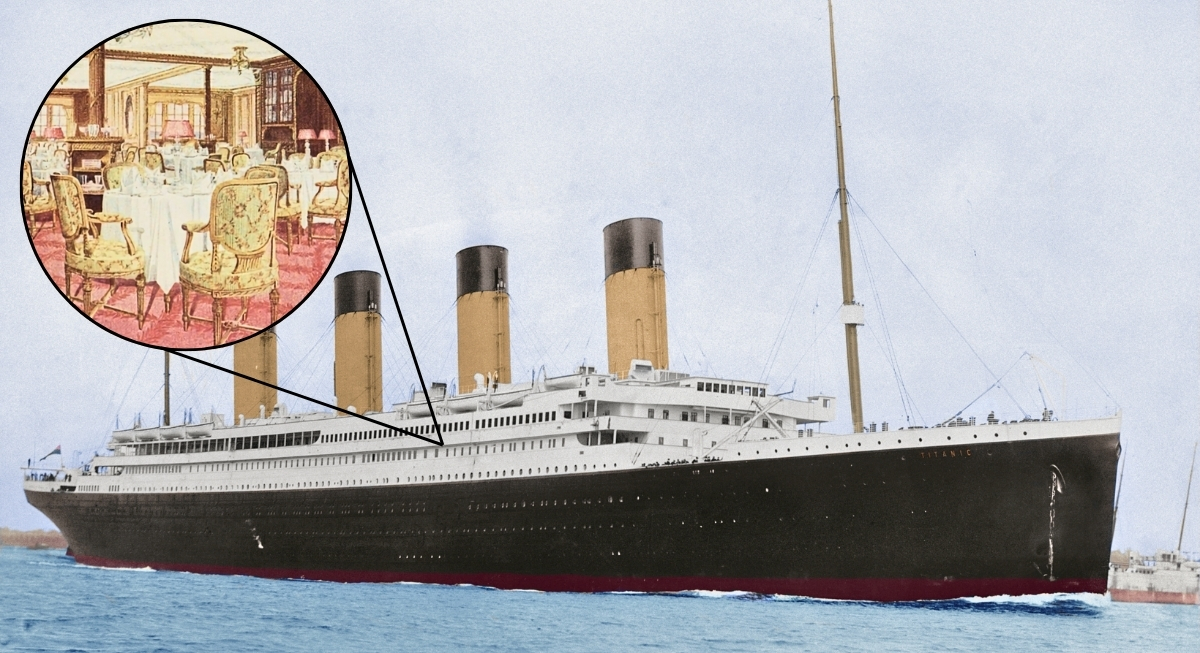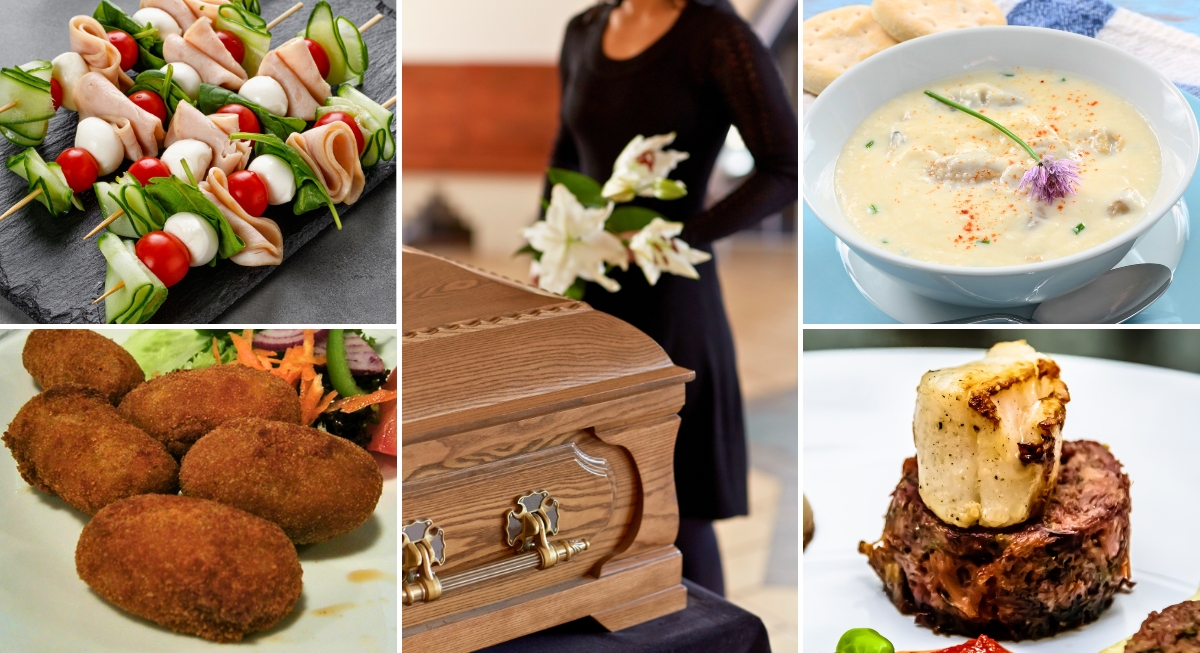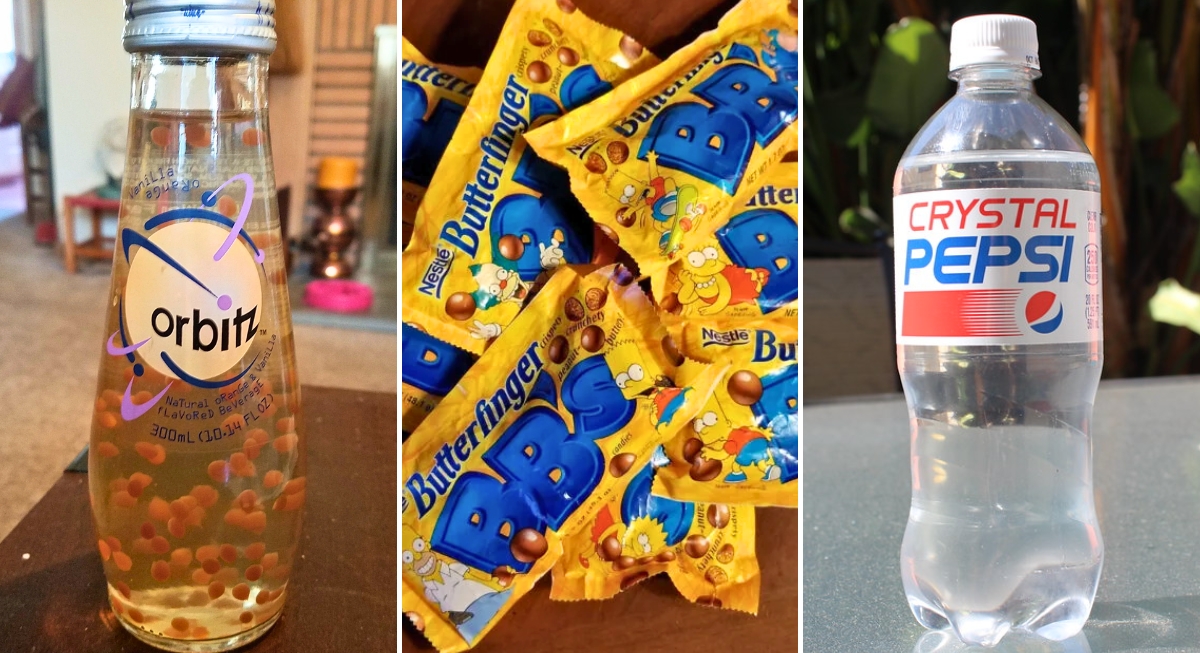Titanic passengers dined on oysters and filet mignon as a live band played nearby, utterly unaware that the night's menu would become historic. This article looks at what passengers enjoyed on that fateful evening in 1912. It's a fascinating peek into life on board the world's most legendary ship.
Rice Soup
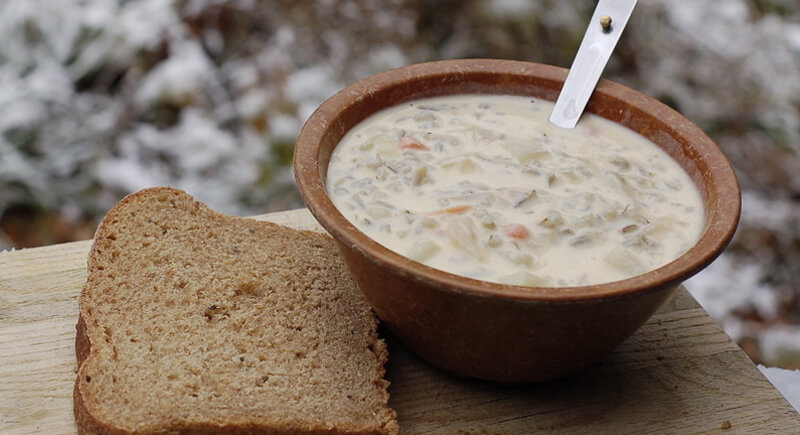
Credit: flickr
Rice soup was a simple, no-fuss starter warm enough to begin dinner. For many third-class passengers, hearty soups like this were a comfort. They were easy to eat and perfect for settling into a meal. Given the long voyage, anything warm and nourishing was a welcome sight on the table.
Fresh Bread

Credit: pexels
Bread was a staple on the Titanic and was served at every meal across all classes. Third-class passengers received fresh loaves, likely simple white bread baked on board. While first-class passengers had delicate sandwiches, this basic and no-frills bread made people keep going.
Cabin Biscuits
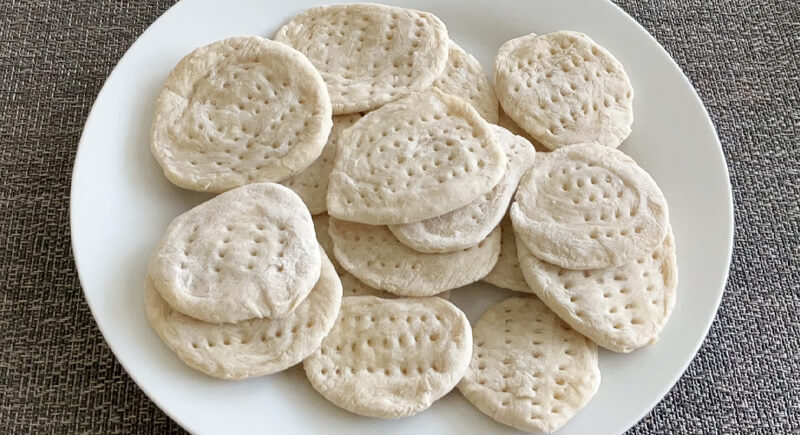
Credit: Youtube
Cabin biscuits were the Titanic's version of hard crackers. They were dense, dry, and built to last. They are not exactly the flaky biscuits served at brunch today, but they were perfect for passengers who needed something edible on long voyages. They could be eaten plain, crumbled into soup, or softened with a bit of butter or tea.
Roast Beef and Brown Gravy
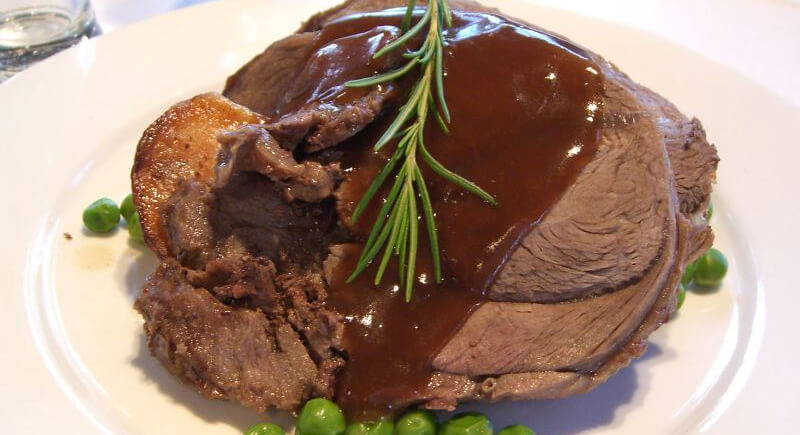
Credit: flickr
This dish was the highlight of dinner—a plate of roasted beef covered in rich brown gravy. The meat was likely a tougher cut, but slow roasting and a good dousing of gravy made it tender and more flavorful. It was a hearty meal meant to satisfy passengers who needed energy for long days ahead.
Plum Pudding

Credit: Wikimedia Commons
This classic British treat was often reserved for holidays, but third-class passengers enjoyed it as part of their final dinner. The drizzle of sweet sauce on top added a bit of warmth and nostalgia. Simple yet satisfying, it was the perfect way to end the evening.
Consommé Tapioca
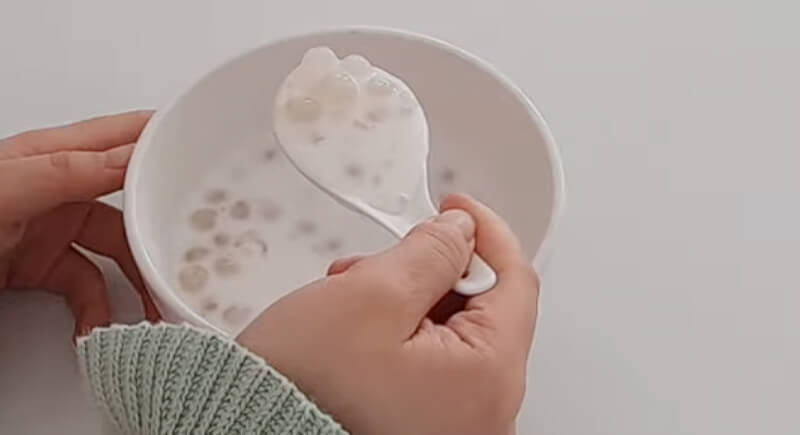
Credit: Youtube
Consommé tapioca was a crystal-clear broth, carefully clarified and served hot, with tiny pearls of tapioca for texture. It was delicate, savory, and elegant without trying too hard. Consommé had status back then as it signaled a chef's skill. Getting it right took hours of simmering and skimming.
Curried Chicken and Rice
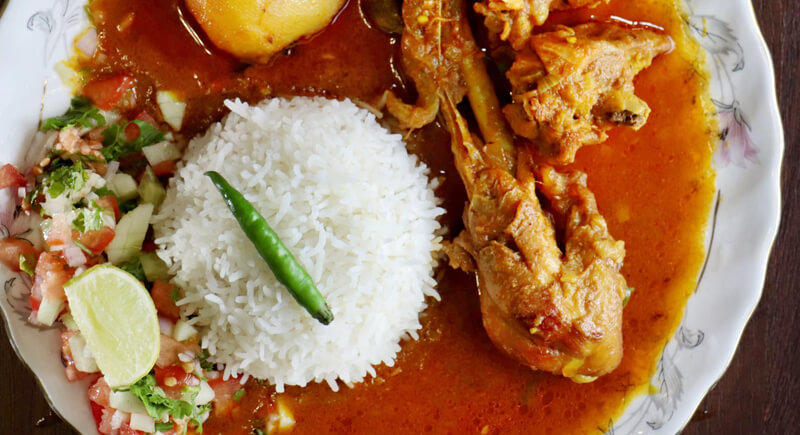
Credit: Wikimedia Commons
Curried chicken and rice was Britain's gentle nod to its colonial palate. This dish likely had tender chicken in a creamy yellow curry sauce over steamed rice. It gave passengers a sense of global flair while still feeling safe. While it wouldn't light up a heat scale, it brought some variety to the table.
Roast Turkey and Cranberry Sauce
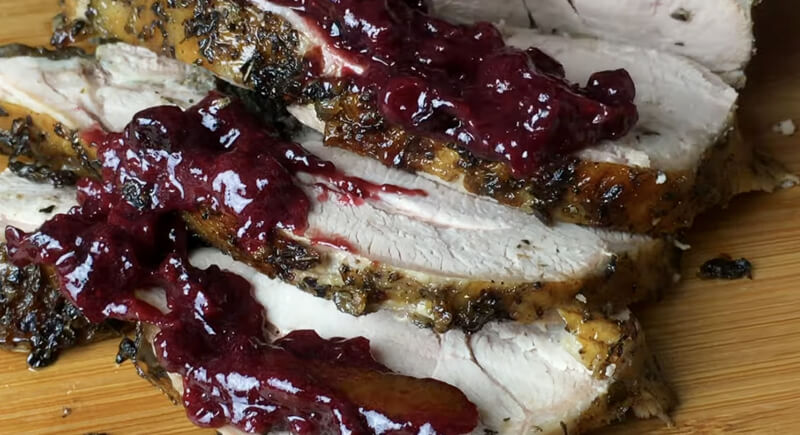
Credit: Youtube
Now, this one feels like Thanksgiving dinner made it on board. Roast turkey with cranberry sauce was a hearty, familiar crowd-pleaser. The meat was likely carved thick, the skin golden and crisp, with tangy-sweet cranberry jelly on the side. While stuffing isn't mentioned, it wouldn't be shocking if a simple bread version came alongside.
Coconut Sandwich
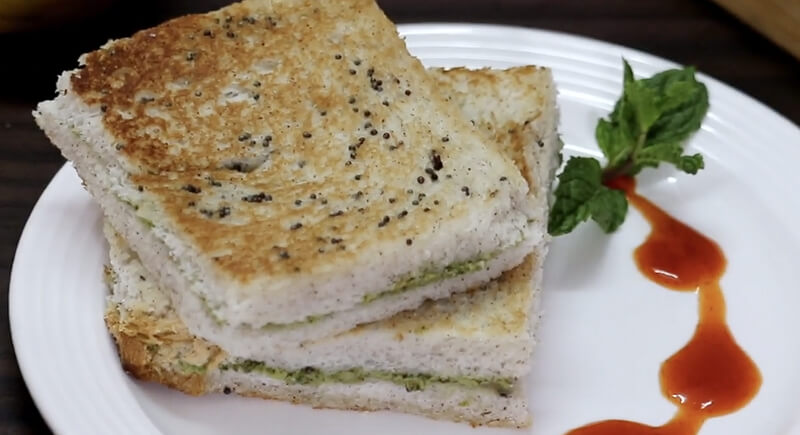
Credit: Youtube
The coconut version of a sandwich was sweet, likely creamy, and maybe even a bit indulgent. Think thin slices of white bread, crusts trimmed, with shredded coconut folded into sweetened butter or cream. It sounds odd now, but early 20th-century cookbooks had sections dedicated to sandwich fillings like dates and nuts.
Wine Jelly
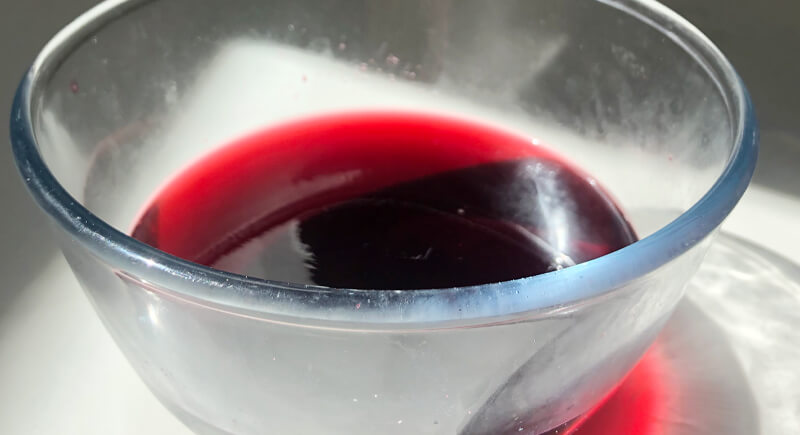
Credit: Wikimedia Commons
Wine Jelly let passengers feel just a bit luxurious. It was served in delicate molds and tasted surprisingly sophisticated. For second-class diners, this was a way to taste what the elite was sipping, and it probably paired well with that coconut sandwich.
Hors D'Oeuvre Oysters
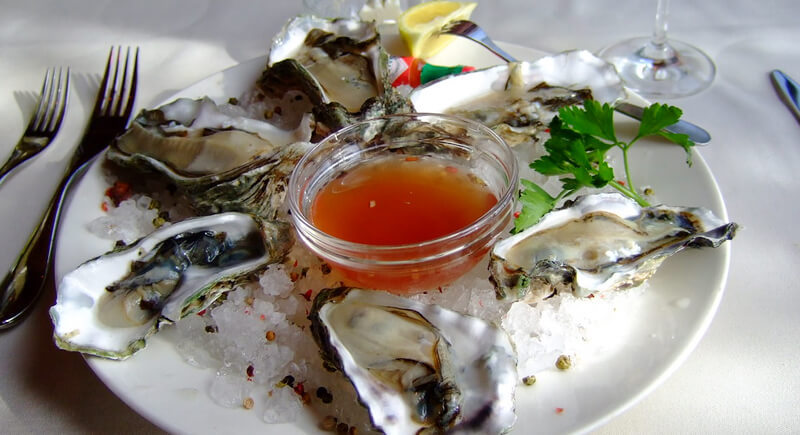
Credit: flickr
Let's be honest: oysters on a moving ship sound bold. But Titanic's first-class passengers expected the very best, and oysters were a sign of serious culinary flex. Oysters were abundant and affordable back then, but the presentation made all the difference.
Poached Salmon and Mousseline Sauce
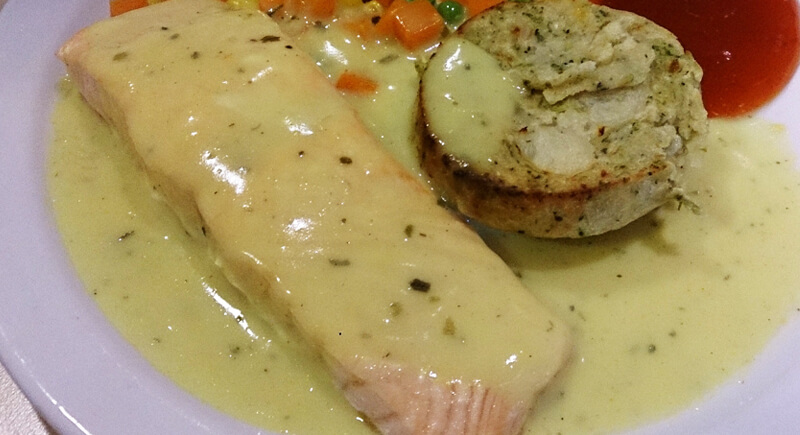
Credit: Wikimedia Commons
Poached salmon is already a classic, but when paired with mousseline sauce, it's rich, airy, and decadent. The salmon would've been soft and pink, topped with the velvety sauce. The technique behind both components required serious kitchen talent.
Lamb and Mint Sauce
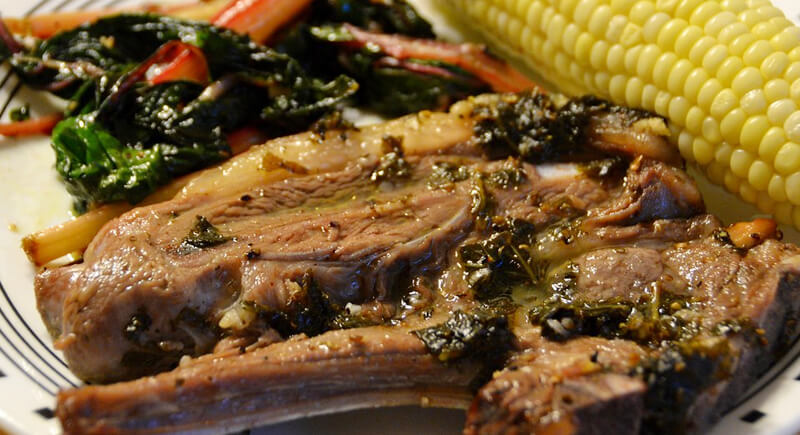
Credit: flickr
This was traditional English fare, done to perfection: succulent roast lamb—probably pink in the center—with a sharp mint sauce spooned before serving. It's the kind of thing that's still popular in old-school British households today.
Roast Squab and Cress
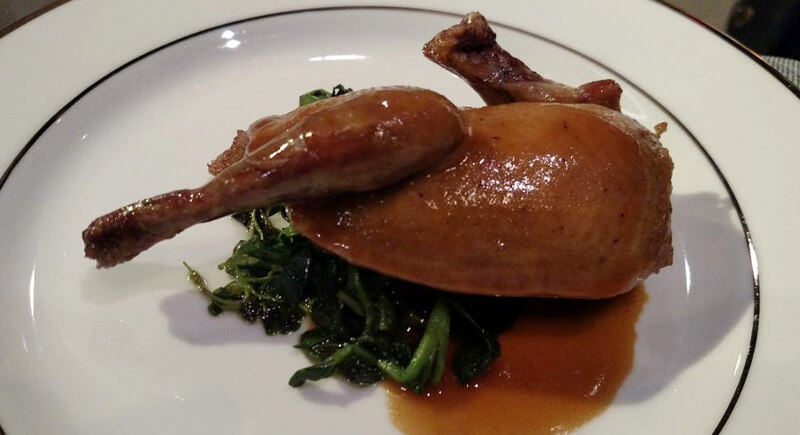
Credit: X.com
Squab was a delicacy loved for its tender and dark meat. It would've been roasted whole, likely glazed or seasoned subtly and plated with fresh watercress for a peppery crunch. To modern eaters, pigeons might sound questionable but it was gourmet for Edwardian diners.
Waldorf Pudding
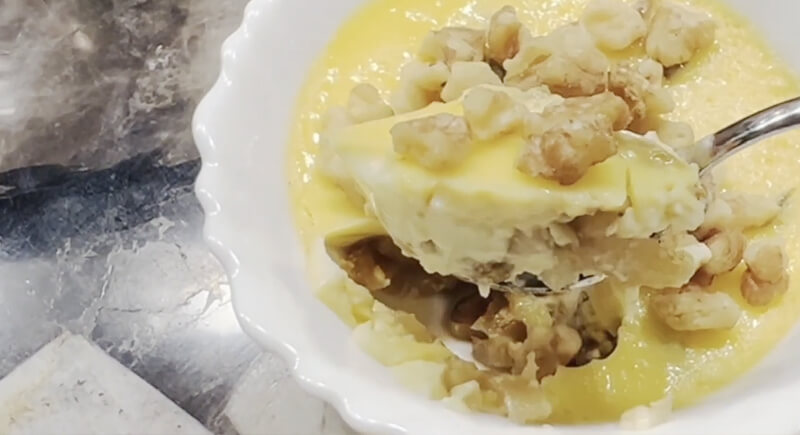
Credit: Youtube
Waldorf pudding was a creamy apple dessert with raisins and walnuts, baked or set like a custard. It had enough sweetness to round off a heavy meal without tipping into sugar shock. This finisher reflected the influence of American dining trends on Titanic's luxury service.

